- First RC hole at 8 Mile discovers high-grade gold and ends in mineralisation
- 8 Mile gold mineralisation extends 75m north of tenement boundary
The 8 Mile target is located within the Gidji JV Project (“Gidji” or “the Project”), approximately 15 kilometres north of Kalgoorlie and surrounded by multiple gold mining and processing operations, including Northern Star Resources Limited’s (“NST”) Kalgoorlie gold operations (Figure 1).
The 8 Mile Target is located immediately adjacent to NST’s “8-Mile Dam” gold deposit which, according to the most recent publicly available data, contains an estimated 7Mt @ 1.4g/t Au for 313,977 ounces1.
A limited number of fast-tracked results from the first RC hole, GJRC029, show a wide zone of gold mineralisation with a similar tenor to 8 Mile Dam (18m @ 0.94g/t Au from 480m including 1m @ 6.04g/t Au), approximately 75m north of the tenement boundary, and ended in mineralisation (3m @ 0.52g/t Au).
The Company is awaiting assay results from the remainder of the hole which are expected in 2-3 weeks.
Miramar’s Executive Chairman, Mr Allan Kelly, said the Company was excited to see gold mineralisation continuing onto Miramar’s ground for a significant distance.
“This is the first time we have discovered significant gold mineralisation on our side of the fence, even though the drill hole didn’t end up exactly where we planned it to. The flip side of this is that we have extended the strike of gold mineralisation for over 100m on to our tenements,” he said.
“We’ve also demonstrated a relationship between the IP anomalism and gold mineralisation, which makes the other IP anomalies we have outlined at Gidji even more prospective,” he said.
 Figure 1. The Gidji JV Project and 8-Mile Dam in relation to Kalgoorlie and surrounding deposits.
Figure 1. The Gidji JV Project and 8-Mile Dam in relation to Kalgoorlie and surrounding deposits.
GJRC029 aimed to test an Induced Polarisation (IP) anomaly on the tenement boundary interpreted to represent the sulphide-rich gold mineralisation seen at the neighbouring 8 Mile Dam Deposit.
GJRC029 was collared approximately 10m north of the tenement boundary and mirrored MPGD008, a diamond hole drilled down-dip approximately 40m south of the tenement boundary by KCGM in 2013 and which intersected significant gold mineralisation related to the 8 Mile mafic unit.
Unfortunately, GJRC029 deviated significantly from the planned azimuth and, as a result, by the time the hole was terminated at the target depth of 504m, the drill trace ended up approximately 75m north of the tenement boundary (Figure 2). Despite this, the hole intersected a thick section of the steep westerly- dipping and highly altered 8 Mile mafic unit with widespread sulphide mineralisation, including disseminated magnetite and coarse-grained arsenopyrite, pyrrhotite and chalcopyrite, similar to the 8 Mile Dam Deposit (Figure 3).
Based on visual logging of RC drill chips, handheld portable XRF results and magnetic susceptibility measurements, samples from the bottom 56m of the hole were sent for priority analysis by fire assay at Bureau Veritas in Kalgoorlie.
The results from these initial samples confirm the relationship between the gold mineralisation and sulphides, and a relationship between the best gold mineralisation and coincident magnetic anomalism and elevated Arsenic as measured by handheld portable XRF. The first results also confirm that the IP anomaly is associated with potentially significant gold mineralisation, whilst the significant deviation of GJRC029 away from the planned target increases the potential strike length of gold mineralisation on Miramar’s ground.
Significant results are listed in Table 1, with assay results from the remainder of the hole expected in coming weeks.
The initial RC drilling programme, which also tested two other IP targets, is nearing completion and results will be reported once received and compiled.
Once all assays are received, the Company will plan further RC and/or diamond drill holes including to test the dip and strike extent of the mineralisation intersected in GJRC029.
The Company advises that the WA Department of Mines, Petroleum and Exploration (DMPE) has extended the main Gidji JV tenement, E26/214, for a further five years, and will now expire in March 2030.
Click here for the full ASX Release
This article includes content from Miramar Resources Limited, licensed for the purpose of publishing on Investing News Australia. This article does not constitute financial product advice. It is your responsibility to perform proper due diligence before acting upon any information provided here. Please refer to our full disclaimer here.


![]() View original content: https://www.newswire.ca/en/releases/archive/August2021/30/c5248.html
View original content: https://www.newswire.ca/en/releases/archive/August2021/30/c5248.html 

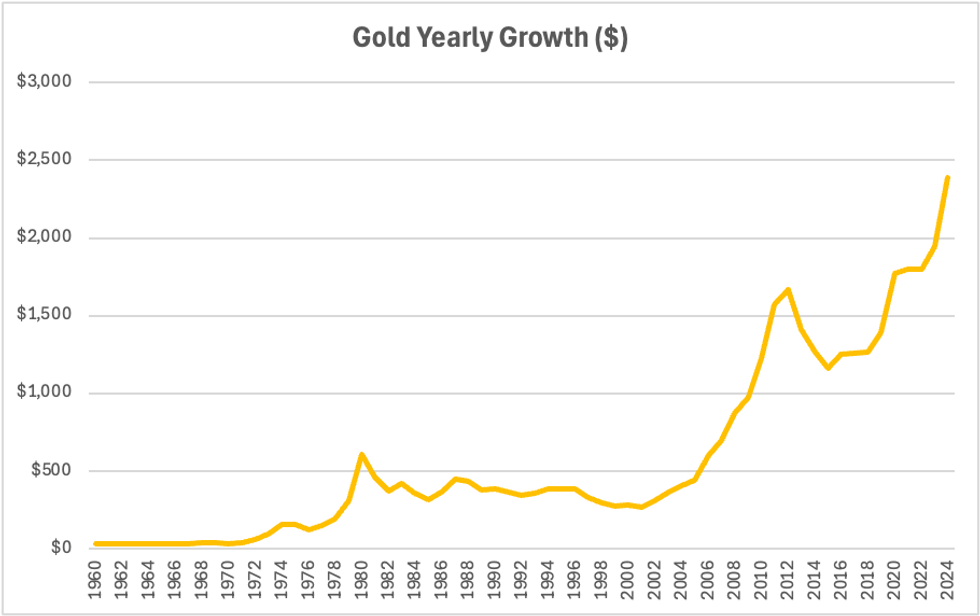
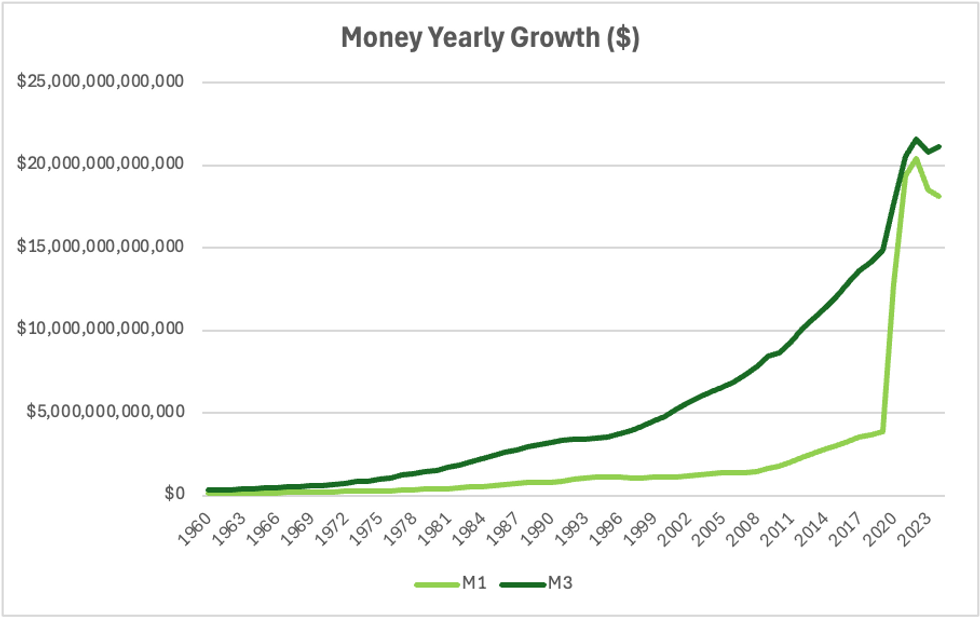
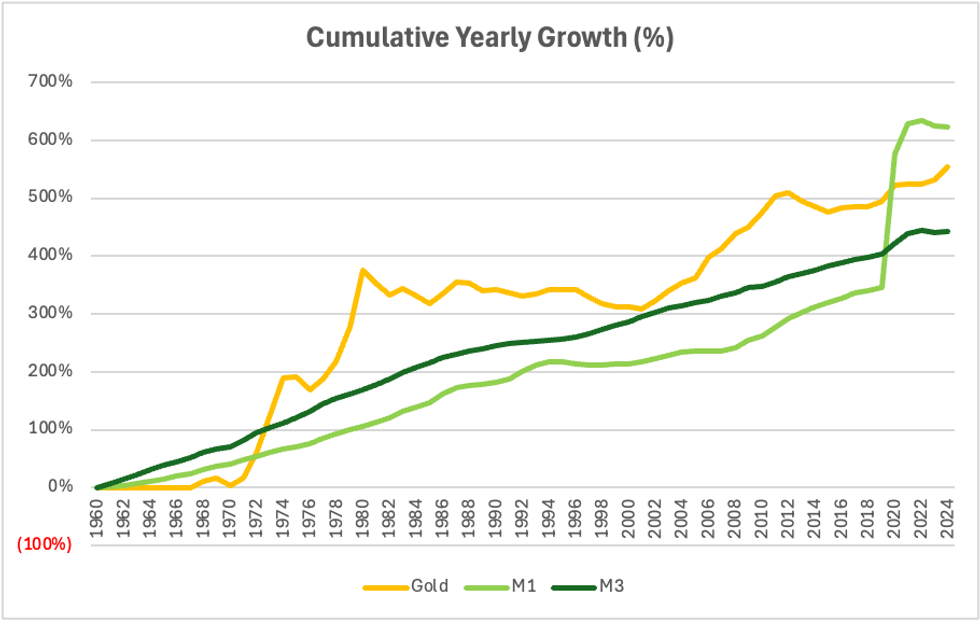
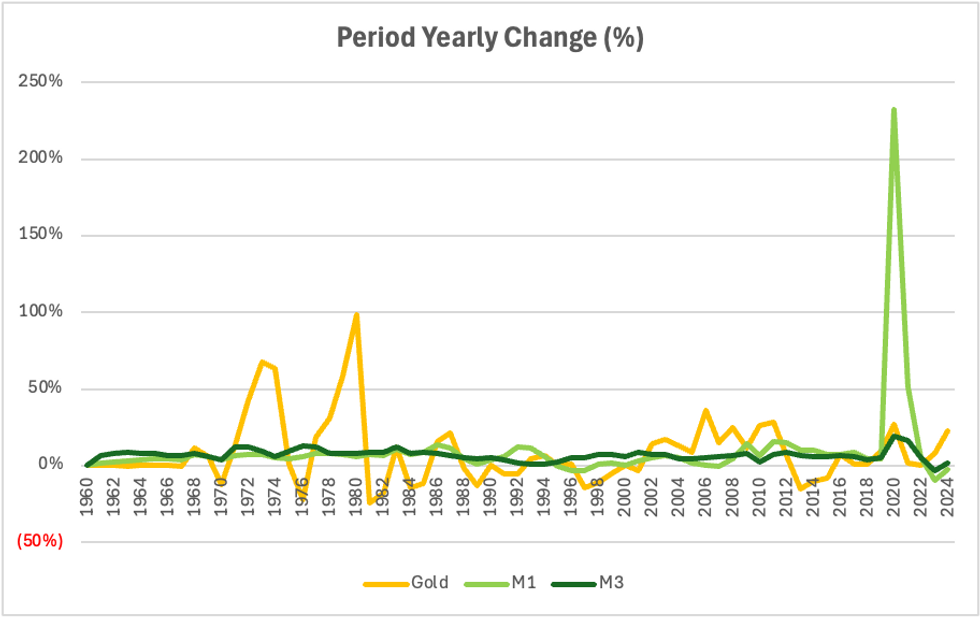
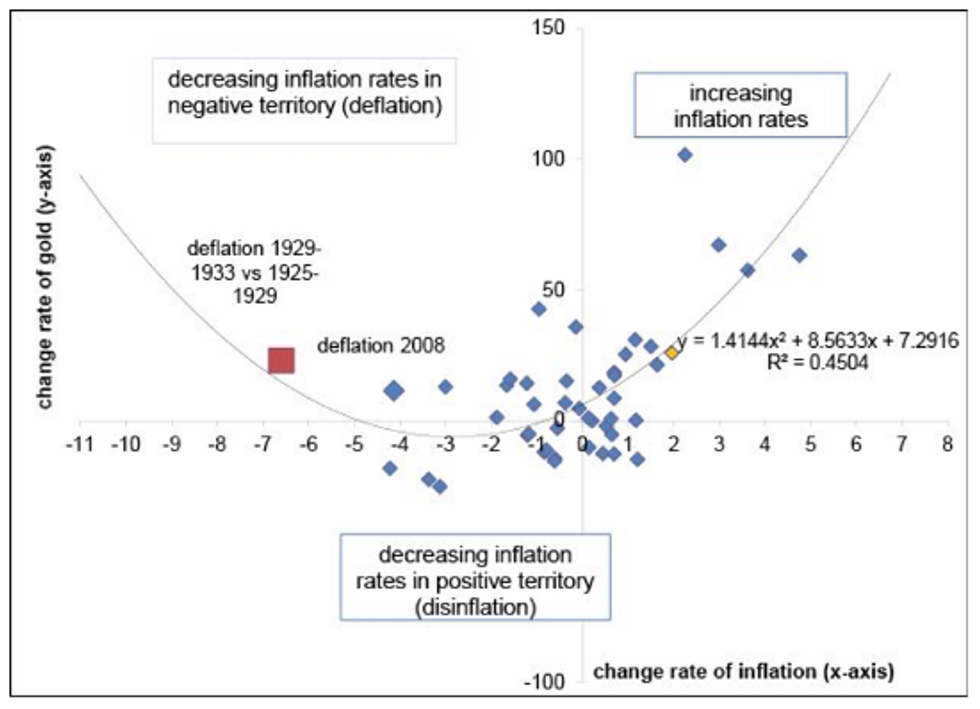



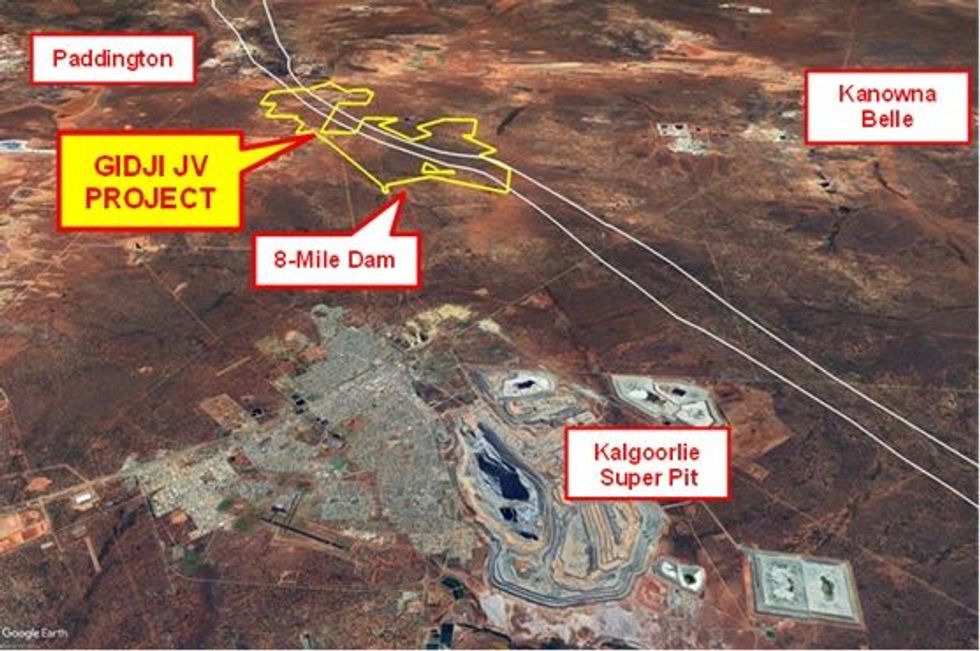 Figure 1. The Gidji JV Project and 8-Mile Dam in relation to Kalgoorlie and surrounding deposits.
Figure 1. The Gidji JV Project and 8-Mile Dam in relation to Kalgoorlie and surrounding deposits.
